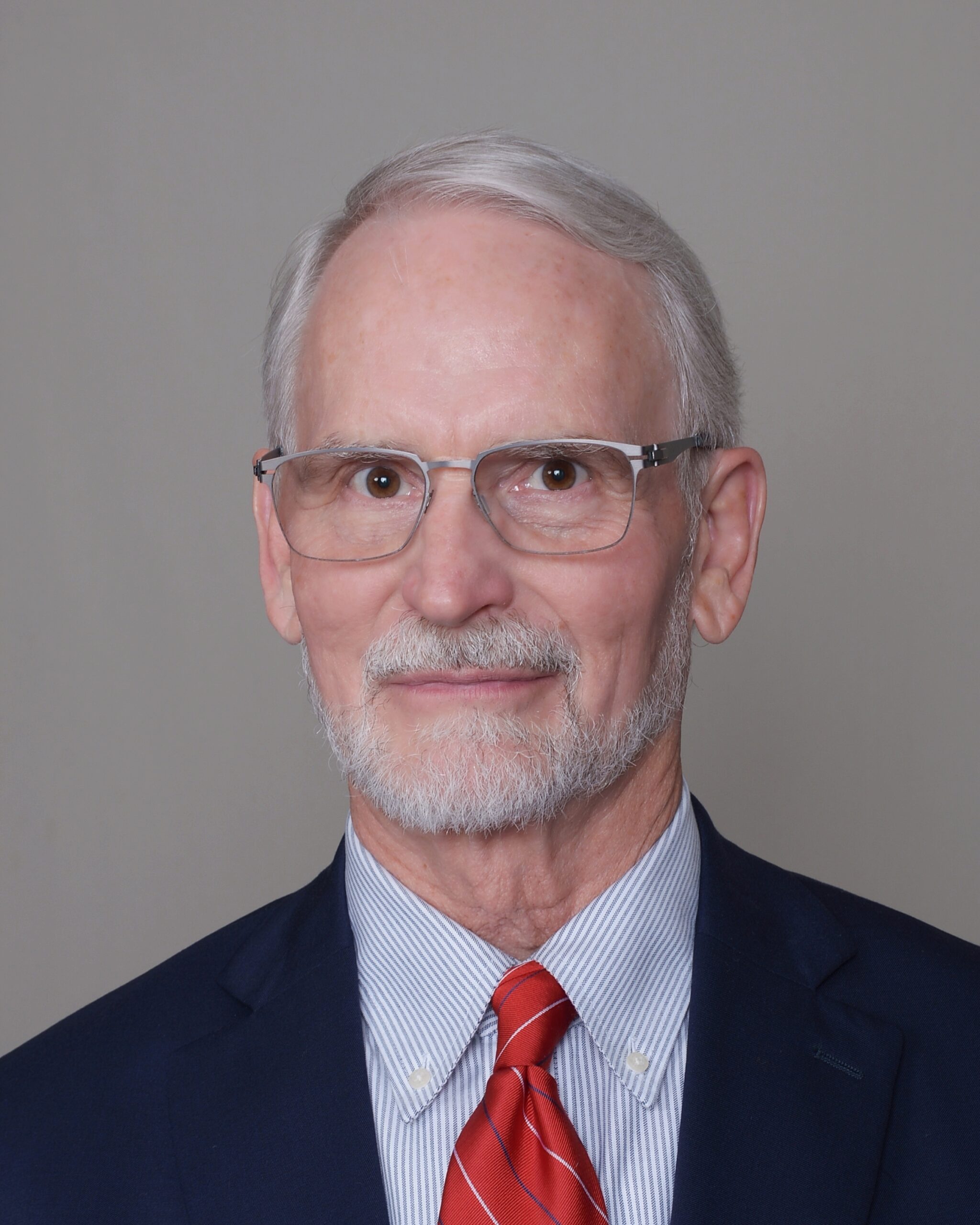Today’s smart measurement devices produce significant diagnostics information. When the diagnostics from the various devices are collected, trended, and integrated, operators can remotely and continuously identify measurement problems. The vocabulary associated with this topic is evolving. In the past, the industry used terms such as SCADA and Condition Based Monitoring to describe this process. These terms are being replaced by terms such as Industrial Internet of Things (IIoT) and Big Data Analytics, and even AI. In either case, this paper looks at the problems associated with collecting, trending, and integrating diagnostics information. It then gives examples of how diagnostics can be used to identify measurement problems. Finally, the paper provides an example of the reduction in exposure to Lost and Unaccounted For gas (LAUF) that operators may expect through implementing comprehensive diagnostic monitoring and analysis systems.
PART 1: PROBLEMS ASSOCIATED WITH COLLECTING, TRENDING, AND INTEGRATING DATA
Measurement Device Diagnostics
Most modern measurement devices produce considerable diagnostic information. For example, ultrasonic meters produce diagnostics about the configuration of the meter, about the health of each of the measurement paths, and information about conditions inside of the meter tube (i.e., contamination, debris, blockages, installation effects, or liquids). Likewise, Chromatographs produce useful diagnostic information such as response factors. API 21.1 allows for operators to install redundant pressure and temperature transmitters that can be used to verify the fiscal transmitter readings. API 21.1 calls this diagnostic redundancy verification (API 21.1 8.2.1.3 and 8.2.1.4).




